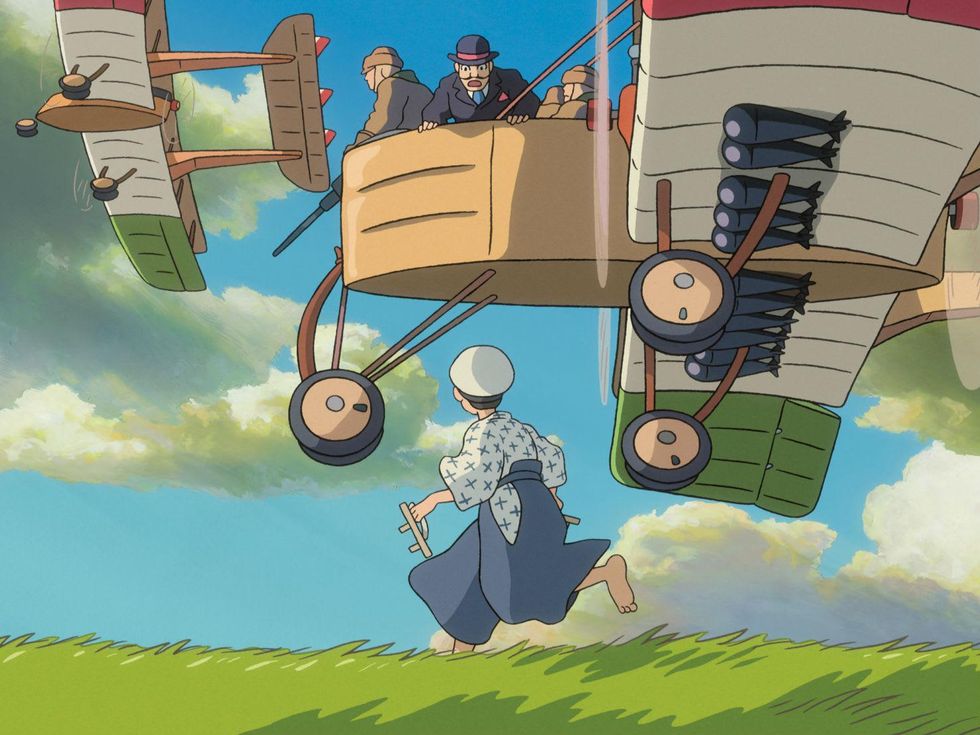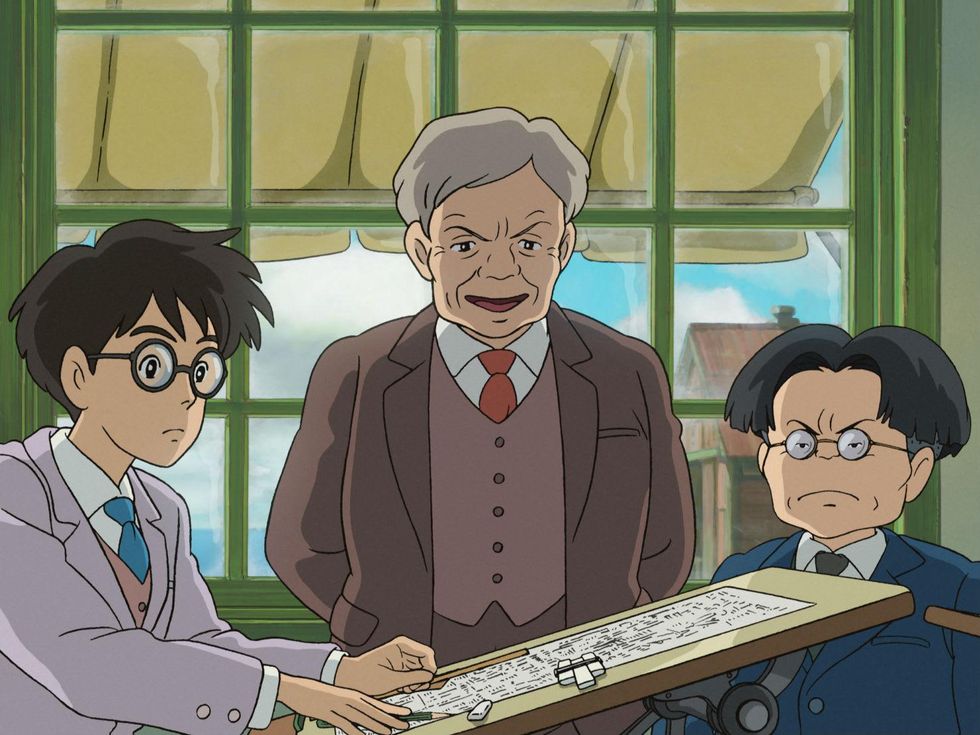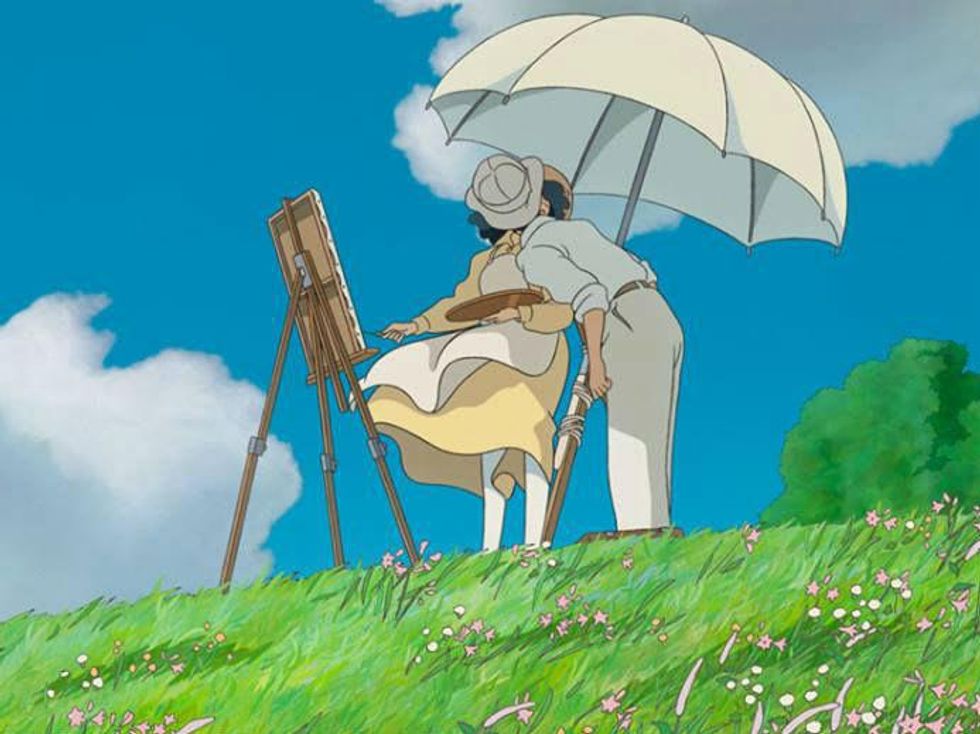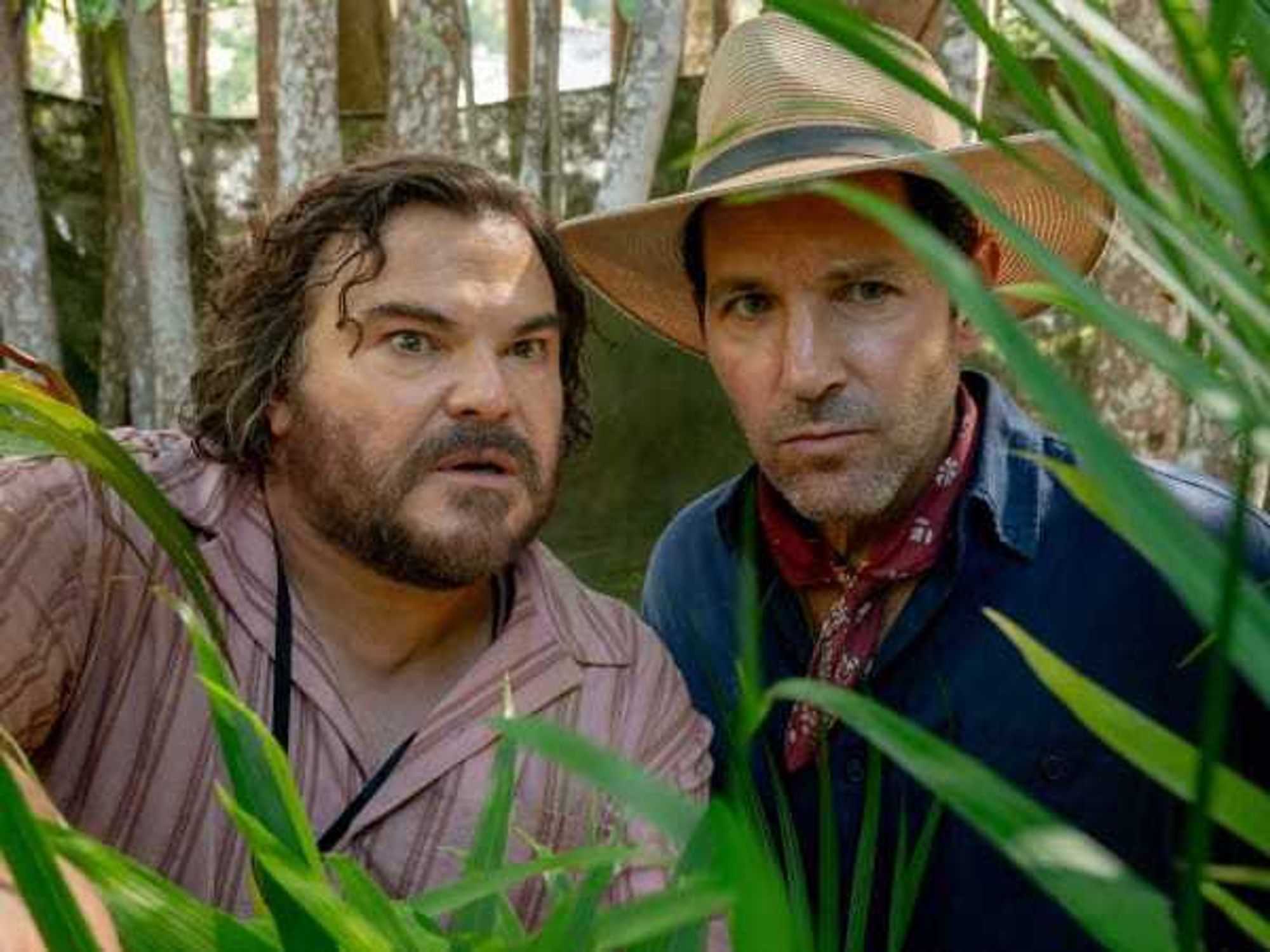Top-Notch Animation
The Wind Rises proves Hayao Miyazaki is still at the top of his game
If The Wind Rises is the final film for writer/director Hayao Miyazaki — as may or may not be the case — consider it him going out in style.
The mind behind such critically acclaimed films as My Neighbor Totoro, Princess Mononoke and the Oscar-winning Spirited Away has once again delivered a film of beauty and depth that few other animated filmmakers can approach.
The Wind Rises tells the story of real-life airplane engineer Jiro Horikoshi (voiced by Joseph Gordon-Levitt), who was responsible for designing the famous Zero fighter plane that would be used by Japan in World War II. However, the film is much more interested in Horikoshi’s obsession with aviation in general, viewing his involvement with the military as more of a situational happenstance than a true desire.
Miyazaki has once again delivered a film of beauty and depth that few other animated filmmakers can approach.
Miyazaki goes into intricate detail about Horikoshi’s love of airplanes, interspersing real-world scenes with dream sequences in which Horikoshi interacts with his hero, Italian airplane engineer Gianni Caproni.
The film as a whole is much less fanciful than some of Miyazaki’s other films, but these dream sequences allow him to indulge his other whims while still staying true to the spirit of the film.
Although the film is surely fictionalized to a great degree, it still serves as a compelling early 20th century Japanese history lesson. In addition to showing almost a step-by-step breakdown of the evolution of Japanese aircraft, Miyazaki pays homage in his unique way to the Great Kanto Earthquake in 1923, which devastated Tokyo and Yokohama, among other places.
Lest you think the film is about history alone, it also features Horikoshi’s relationship with Naoko Satomi (Emily Blunt), a girl he meets while on a sabbatical. The film never truly develops into a romance, but their bond, as well as Horikoshi’s relationship with his sister, does provide a nice counter-balance to the male-dominated film.
But airplanes are front and center for most of the two-hour film, and the way in which Miyazaki presents both the planes themselves and Horikoshi’s fascination with them is enough to keep anyone captivated. Airplane design is related to everything from the obvious, like birds, to the not-so-obvious, like fish bones, and every second of it yields insights for non-plane experts like me.
Miyazaki’s animation style is deceivingly simplistic, as it contains none of the flourishes for which modern American films are known. But the expertise it takes to craft the film is evident in every frame, especially when the airplanes are involved.
Voice talent can often be a negligible thing in animated films, especially when English is dubbed onto a Japanese film. However, Gordon-Levitt, Blunt, John Krasinski and Martin Short, among others, make their presence felt without detracting from the story in the slightest.
Miyazaki’s career is so storied that ranking his films can prove difficult. But The Wind Rises deserves to be remembered as some of the best work he’s ever done. Because it’s nominated for Best Animated Feature at this weekend’s Oscars, it seems many others would agree.




